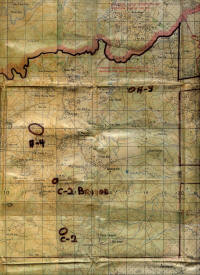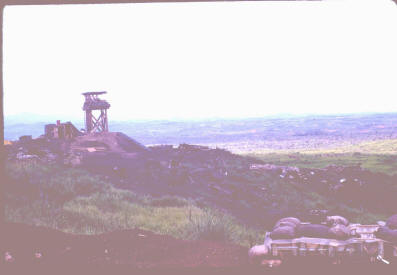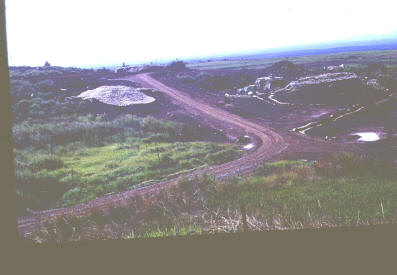This is a map of the 1st Battalion, 1st Marines TAOR at Con Thien. A-4 was the Battalion CP. Note that our TAOR did go right up to and include the Ben Hai River.
Company locations included A-3, C-2 Bridge and C-2. The Area to the North and East was sometimes referred to as the "Agriculture Center" or the "Market Place". This is where we had the ArcLight mission bomb. Even though most of the NVA had withdrawn back across the border or over into Laos, we still did not go out on any day work or night work (patrols) unless at full platoon size or greater.
The whole area of Con Thien, extended in all directions, was a free-fire zone. All Civilians had been removed - for the most part. This included near the Cam Lo area, although there were still Civilian communities there, and restrictions regarding artillery, mortar and small arms fire were observed - again, for the most part.
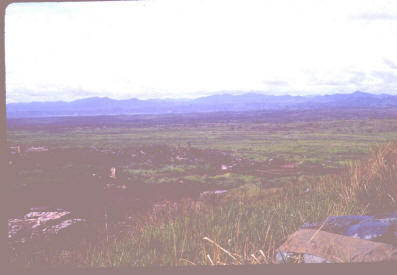
A4 again - taken just North of the CP looking North toward Ben Hai river.
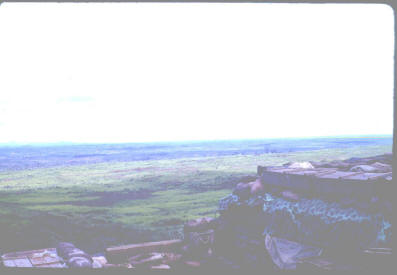
A4 again - actually, on top of the bunker looking East toward the South China Sea - close enough to get Naval Gunfire support, if needed and if available on station (usually were). The bunkers were well reinforced with steel matting and layers of sandbags on top of some huge wood beams - some 2 feet or greater in diameter. The heaviest artillery the NVA had were 130's - and these bunkers (and the ones at Khe Sahn) could easily withstand a direct hit. You wouldn't hear anything for a while, but you would be alive.
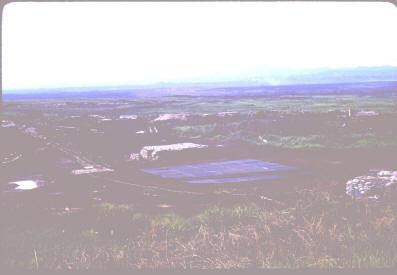
A4 LZ - During the heavy fighting of a few months ago, all resupplies had to come via air (helicopters). During our stay this time, we did have some ground traffic - truck convoys from Dong Ha, if I remember right. Usually pretty well guarded with available air cover if necessary.
This is one of the roads through A4 - the white area in the upper left is the sand-bagged roof of the chapel. Chapel was also well underground with a reinforced roof of large wood beams, steel matting and sand bags. Inside the chapel were rows of benches and a podium that was used by whatever denomination Priest, Minister, Rabbi (never saw one), Buddhist Priest (again, never saw one) or Witch Doctor was available for services. Also doubled as an safe aid station for wounded during artillery barrages.
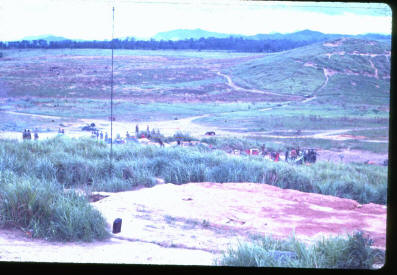
Near Cam Lo - about 5 Klicks (5000 meters) South of C-2. Staging area for a company-sized sweep of the area - even though South of our TAOR. Near Route 9. I can't remember much about the sweep - we did run into some civilians along the way, and on Route 9 - but little signs of any recent NVA activity.
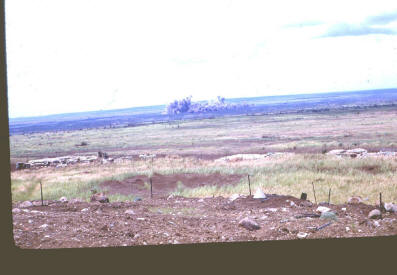
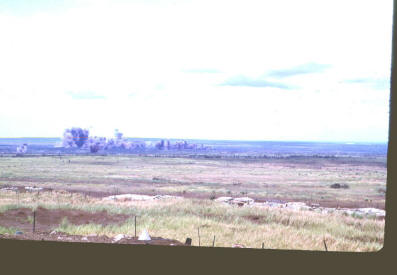
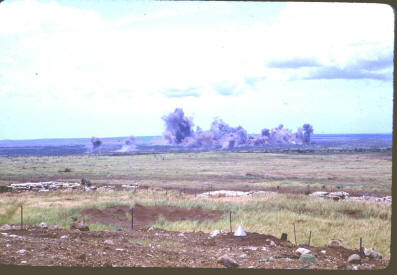
During the whole run, we never saw or heard the B-52 bombers - Assumed they were above 100,000 feet, but not sure.
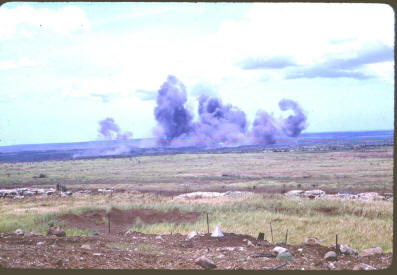
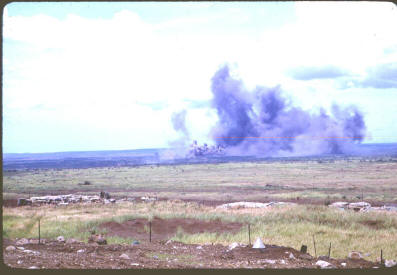
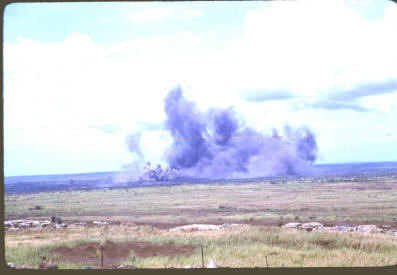
It should be noted that we - our Battalion - did not order the ArcLight just so we could take pictures - although, since we knew when the strike was coming, and some of us carried cameras - why not?
Later on, in another sweep near the Center, we did find a large weapons and ammunition cache - B-40's, B-42's (Rocket Propelled Grenades and Launchers), 7.62 ammo, C-3 explosives, clothing (mostly uniforms), etc. Some rice, but not much..
